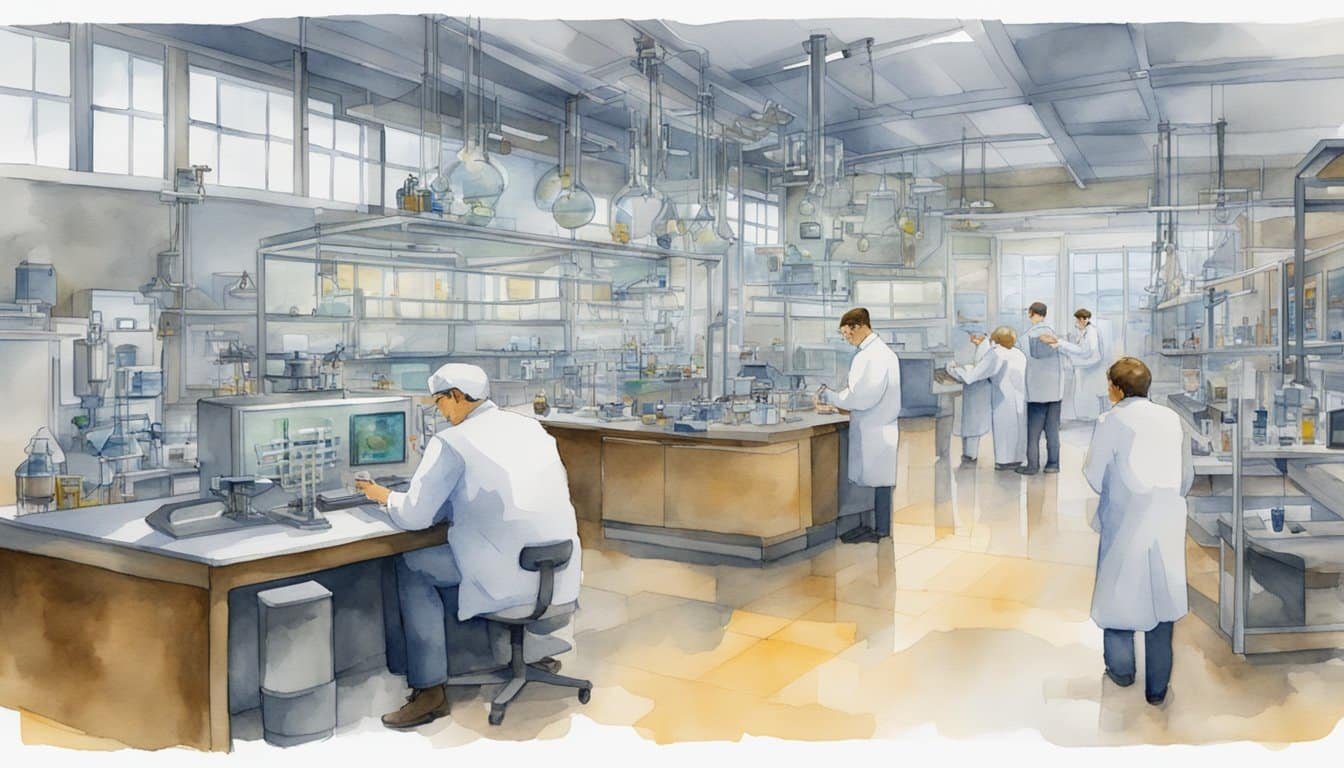Time’s Impact on Earth and Society
Time is the silent factor that intricately weaves through the tapestry of Earth and society, bringing dramatic changes to climates and shaping human progression.
Climate Change and Its Effects
The planet is currently experiencing significant shifts in climate patterns, commonly referred to as global warming. These changes are due to an increase in temperatures, driven by high levels of greenhouse gas emissions. Climate scientists warn that this warming trend leads to more extreme weather conditions, including severe droughts, floods, and amplified wildfire incidents. The ripple effects of these events are far-reaching, disrupting natural systems and human livelihoods alike.
Energy Sources and Carbon Emissions
The burning of fossil fuels remains a primary source of energy and is a significant contributor to carbon emissions. This relationship emphasizes the need to transition towards clean energy solutions to curb the deterioration of environmental health. Pivoting to more sustainable practices not only mitigates harm against the environment but also bolsters the resilience of societies against energy-related economic shocks.
Human Response to Environmental Challenges
In response to these environmental challenges, there’s a global push for adopting more sustainable lifestyles and policies. Efforts range from individual actions to large-scale initiatives aiming to implement technological advancements and policies that support environmental conservation. The pursuit for sustainability extends further, preventing potential famines and supporting the continuation of biodiversity to avert extinctions.
Scientific Research and Technological Innovations

As society hurtles into the future, scientific research and cutting-edge technology become the compasses by which they navigate the uncharted territories of global challenges, including those postulated by climate change and dwindling resources.
The Role of AI and Technology in Understanding Our Future
Artificial Intelligence (AI) has been a game-changer in deciphering complex patterns and predicting future trends across various domains. In the realm of environment and sustainability, AI’s analytical prowess aids in optimizing renewable energy systems, making the clean energy revolution more achievable. It does this by improving the efficiency of solar and wind power generation, and maximizing their integration into the energy grid. Moreover, AI technologies support the sustainable base in space endeavors, evaluating the feasibility of extraterrestrial resource utilization while ensuring minimal impact on space environments. Additionally, AI-driven climate models help scientists better understand and mitigate the effects of global warming by providing accurate predictions and actionable insights. However, discussions around AI must also address AI dangers and misconceptions, such as fears of job displacement or overreliance on machine-generated data without human oversight. By balancing AI’s potential with ethical considerations, society can harness its benefits while minimizing unintended consequences.
Significance of the IPCC Report and Global Cooperation
The Intergovernmental Panel on Climate Change (IPCC) report serves as a crucial wake-up call for international policy action. It emphasizes the dire need to shift away from fossil fuels towards renewables to meet the targets set by the Paris Agreement. This scientific document informs global societies and their leaders about the imminent risks of climate inaction. Additionally, it highlights the role of young scientists in leading a wave of innovation crucial for tackling these challenges head-on. Global cooperation in the wake of the IPCC findings, especially through the sharing of technology and scientific research, stands as a testament to humanity’s collective effort to protect the planet amidst adversities like the recent COVID-19 pandemic.
Survival, Economy, and Policy

As nations grapple with the reality of a finite timeline, the need for a robust strategy encompassing survival, economic stability, and nuanced policy-making has never been greater. The interplay between human prosperity and environmental stewardship is at the heart of this critical juncture.
Building a Resilient Civilization
To build a civilization capable of withstanding future calamities, it is essential to reduce carbon emissions which are a key factor in climatic upheavals. Technology becomes a beacon of hope here, offering solutions ranging from renewable energy sources to efficient food production systems. Humans must harness these advancements to meet their needs without compromising the planet’s health. Richard Gott’s intriguing “Copernicus method” of statistical predictions gives humanity a way to estimate its remaining timeline, prompting action for sustainable futures.
- Renewable Energy Sources: Solar, Wind, Hydroelectric
- Food Production Systems: Vertical Farming, Lab-grown Meat
Environmental Policies and Public Engagement
Effective public policy can steer both individuals and industries toward a more sustainable way of life. Take, for example, Extinction Rebellion’s advocacy for net-zero carbon emissions; it reflects a growing public sentiment. Policies must also aim at economic incentives to lower the carbon footprint and boost the global GDP through green initiatives. Stephen Hawking’s insights remind us of the urgency to find a new planet for colonization, while CNN has published articles on hurricanes as a stark reminder of nature’s might. Environmental engagement must therefore be fostered through education and constructive dialogue.
- Carbon Emission Goals: Net-zero targets
- Economic Incentives: Tax breaks for green initiatives, investment in clean technologies
Italics has been used in this example rather than bold based on the specified instructions.

